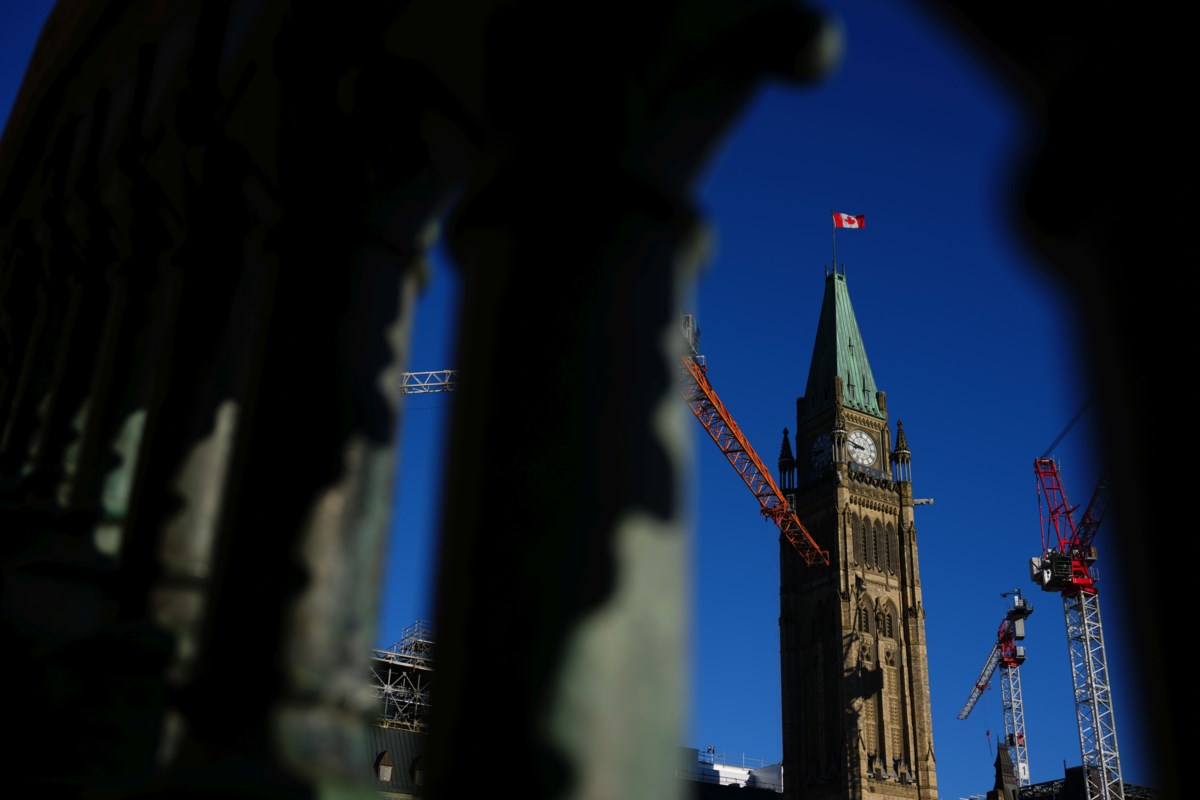Prime Minister Mark Carney’s 2025 budget outlined new immigration levels for Canada, including significant reductions in temporary resident admissions
Editor’s note: This article originally appeared on Parliament Today, a Village Media website devoted exclusively to covering federal politics.
Canada’s decision to drastically reduce the number of new temporary resident admissions, which includes international students, will have long-term consequences to the country’s economy and reputation, one expert says.
“What the government has done is not just limiting the number of students coming into the country,” Elizabeth Long, founder of LM Law Group, told Parliament Today. “They’ve also really set back the expectations that students, if they stay in Canada, they find a high-skilled job, they work in our society, that they would be able to immigrate.”
Prime Minister Mark Carney’s 2025 budget outlined new immigration levels for Canada, stabilizing permanent resident admission targets at 380,000 per year while significantly reducing the target for temporary resident admissions from 673,650 in 2025 to 370,000 by 2027.
Speaking a few days later, Carney said the number of temporary residents in Canada has “exceeded our capacity” in terms of housing and services.
“We are managing immigration. We’re managing it from an extreme position,” he told a crowd in Toronto.
The budget says that 7.5 per cent of Canada’s population in 2024 were temporary residents.
But Long argues that the number would be smaller if the federal government had processed more permanent residency applications, and that Canada’s housing and infrastructure crisis has been decades in the making.
“I think this whole attitude where they’re looking at workers as commodities and not as people who are part of our country, I don’t think it jibes with our values that we have been trying to say that Canada has.”
It’s a sentiment the Migrant Rights Network shares, with spokesperson Syed Hussan stressing that “slashing immigration numbers won’t make housing more affordable or improve services.”
“It will shrink our economy, worsen labour shortages, and leave workers even more vulnerable to exploitation,” Hussan said in a statement, adding that Carney’s messaging equates to “scapegoating.”
In a more fulsome immigration plan posted a day later, Immigration Minister Lena Diab writes that “priority” will be given to temporary residents already living and settled in Canada.
“This in turn will help ease some of the pressure on our infrastructure and social services,” the document said.
The budget announced a “one-time measure to accelerate the transition of up to 33,000 work permit holders to permanent residency in 2026 and 2027,” although few details have been provided as to eligibility.
Long predicts the program will “be like The Hunger Games,” citing previous programs that were first-come, first-served, which she argues would be problematic because there are 1.5 million temporary workers in the country.
“Those programs are the most problematic, because … it looks like people who have the fastest servers to get their applications through.”
There’s also a risk that people will stop considering Canada as a destination to study and work altogether, Long added
“They are valuable employees, and if we’re not allowing them to stay in Canada, I think we’re doing our economy great harm,” she said. “In the budget, the government talks about attracting high-skilled people from the U.S. to come to Canada. How do you attract people to come to Canada if you’re not going to allow them a reasonable opportunity to stay in Canada?”
“It doesn’t make economic sense.”
In a statement to Parliament Today, Immigration, Refugees and Citizenship Canada said that while immigration is “vital to Canada’s economic growth … higher numbers have placed pressures on our housing, infrastructure and social services.”
“It’s important that our immigration system is nimble and responsive to the country’s needs,” spokesperson Isabelle Dubois said. “That is why the impact of immigration on Canada’s housing market is carefully considered in developing the immigration levels plan. Returning to sustainable and predictable immigration levels, along with prioritizing permanent residence for those already living in Canada, helps ease pressure on housing by moderating population growth.”
Provincial allocations set to increase
The federal government will be increasing the number of temporary workers that provinces and territories can nominate for permanent residency to 91,500 next year.
That’s up from 55,000 in 2025.
It’s not yet clear how those allocations will be divided, but it’s bound to make a difference for provinces that had their allocations slashed by 50 per cent last year. In Ontario, for example, the number of immigrant allocations went from 21,500 nominations to 10,750.
That reduction has been blamed, in part, for causing numerous delays for applicants, some of whom have waited over a year to hear if they’ve been accepted.
While the increase in provincial allocations is good news, Long says the backlog that’s been built up will take a while to clear.
“It’s not like we go back to zero,” she said, noting that more temporary residents have been encouraged to apply to provincial programs only to be left in limbo.
The feds say the goal is to reduce Canada’s “temporary population” to less than five per cent by 2027.
